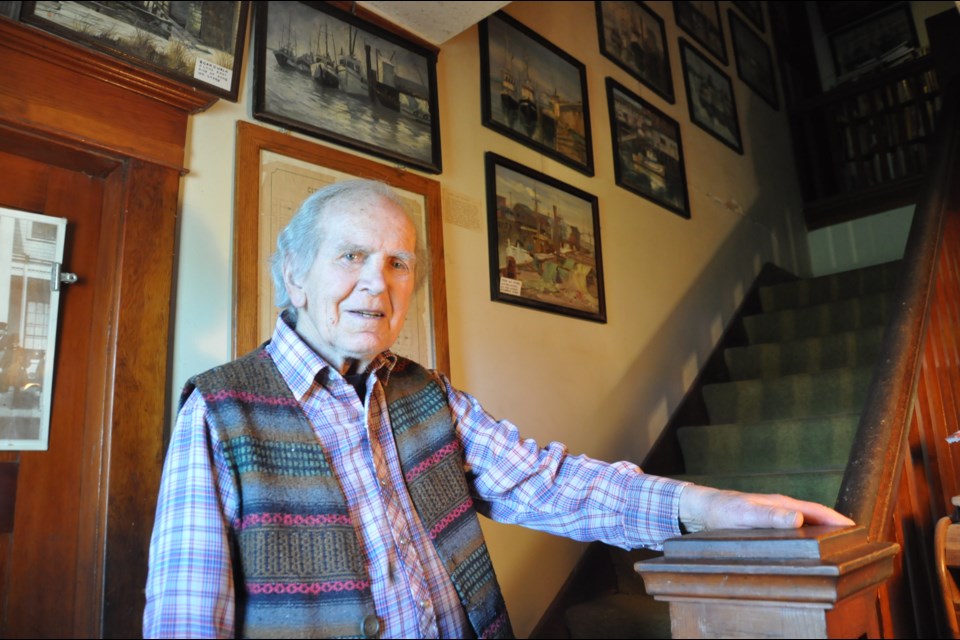Harold Steves, a former Richmond city councillor, has turned his basement and part of his house into a private museum to showcase some of the city’s history.
His displays show a period of time when people from different cultural and ethnic backgrounds were “living in harmony” in Richmond, Steves said.
It has taken Steves, 86, more than 50 years to collect the historical items, and more than two months of tireless work to put everything on display including a series of paintings and historical documents.
“[It shows] exactly how it all fits together, and you can't get that just by telling people. You have to see those books and see the paintings,” said Steves.
“Because I've been telling people for years and nobody really grasped it until I set it up. They said, ‘now we know what you're talking about.’”
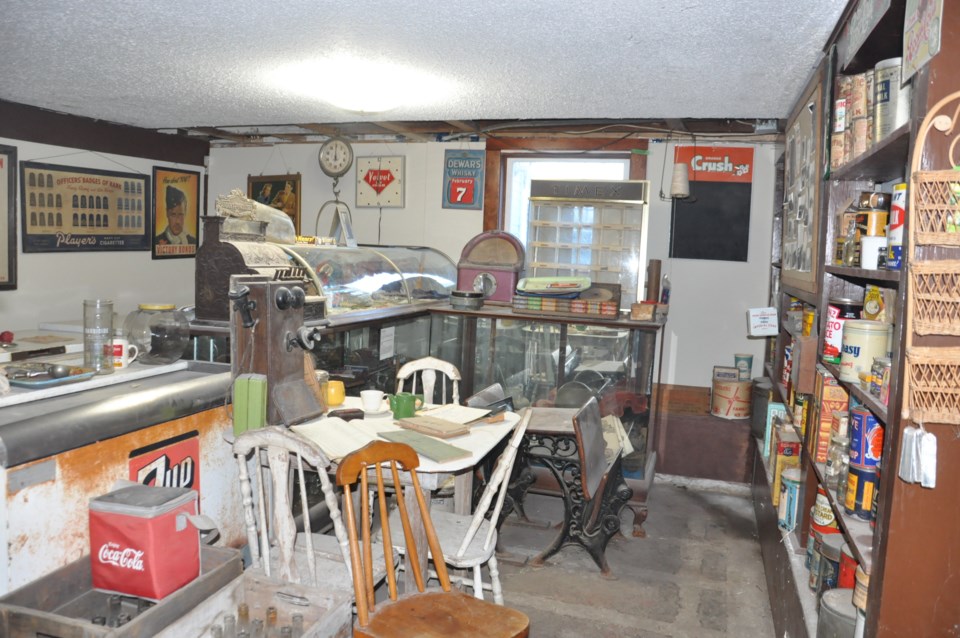
Fishing village reappears in oil paintings
What Richmond looked like in its early days as a small fishing village is usually channeled through black-and-white photos.
But a series of dozens of oil paintings in vivid colours, painted by George Lam, gives a glimpse into the early days of Steveston Village.
For the first time, they are on display at Steves’ house at the west end of Steveston Highway.
Lam was not a professional artist.
Rather, he was the second-generation owner of Hong Wo, Richmond’s first “superstore” that was established and run by a Chinese Canadian family from 1895 to 1971.
“I don't know when he took up art because he turned out to be a tremendous artist, but he started painting all the boats that he could see from his store,” said Steves, who was a friend of Lam and his sister Jessie, who found and purchased his paintings from an antique dealer after Lam passed away.
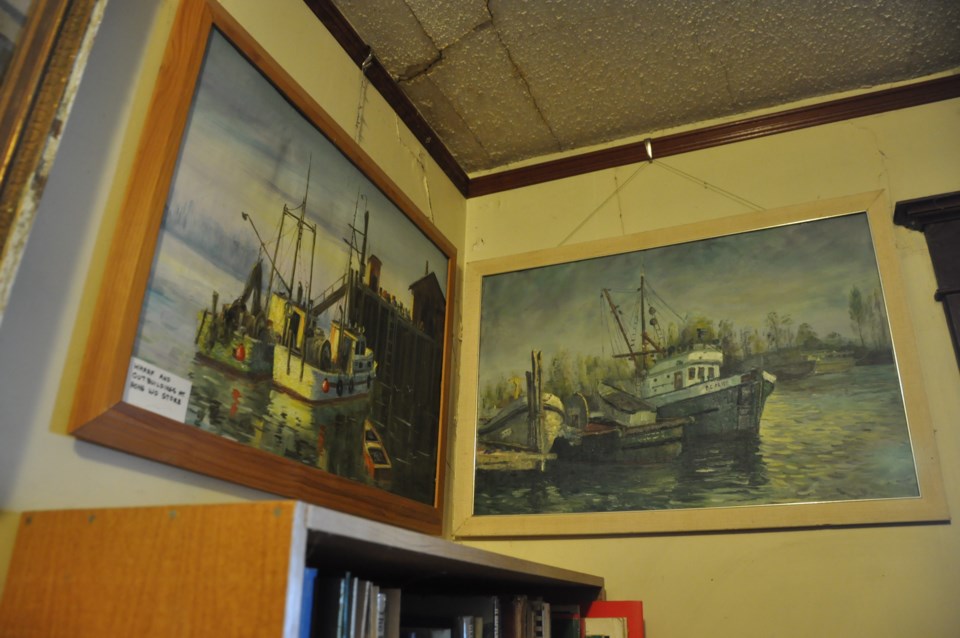
Steves said some of the boats and architecture in the paintings were well known at the time. His friend, Moa Yesaki, recognized one of the boats featured in a George Lam painting, the Wild West, that belonged to his dad.
Some paintings depicted the Hong Wo store at the time – showing exactly how it was built by the Fraser River dock so fishermen could tie their boats up on the river and climb up a ladder to collect their orders. And what people don’t see in black-and-white photos is the bright red colour of the store’s façade.
And another painting shows a line of small boats that young people going to high school and university used to rent in the 1950s and 1960s to go fishing in.
“A couple of years in Steveston history is preserved in his paintings. The boats like that are gone forever. But they're all here in his paintings,” said Steves.
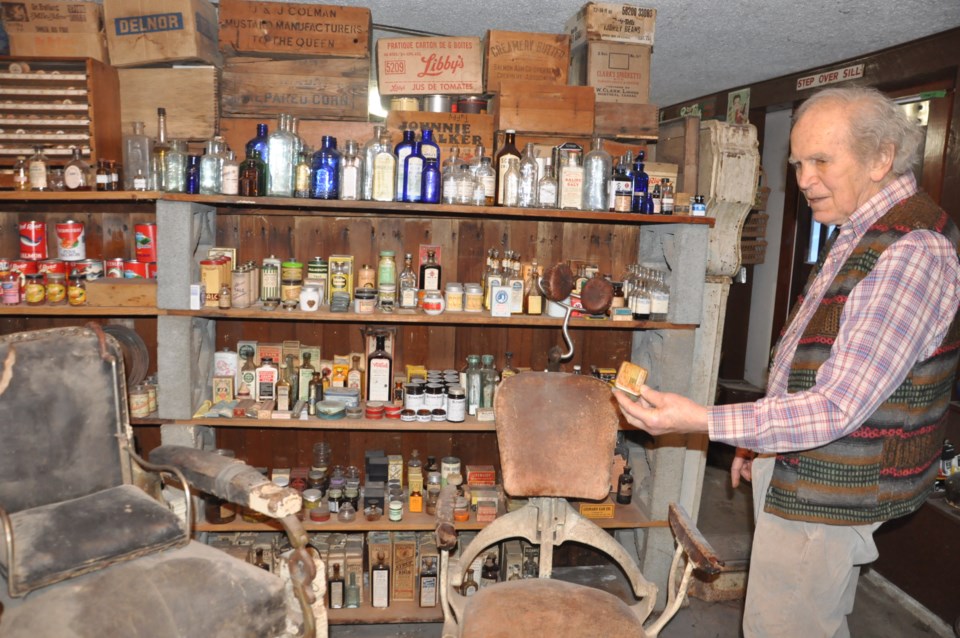
Remembering a time of living in harmony
In his private museum, Steves has recreated the Hong Wo store and an army canteen run by the Steves family out of their basement during the Second World War.
“The soldiers lived in an army camp across the street and I guess they didn't like the camp cook so they came over here for bacon and eggs for breakfast and pumpkin pie and stuff like that,” recalled Steves.
Steves, very young at the time, said he was a “mascot” at the army camp and was well-liked by the soldiers – they even made a smaller version of a uniform for him. Photos of young Steves and the soldiers are also on display in the museum.
Over the past few decades, Steves has been collecting items to recreate the Hong Wo store, including packages and bottles of items Hong Wo would sell.
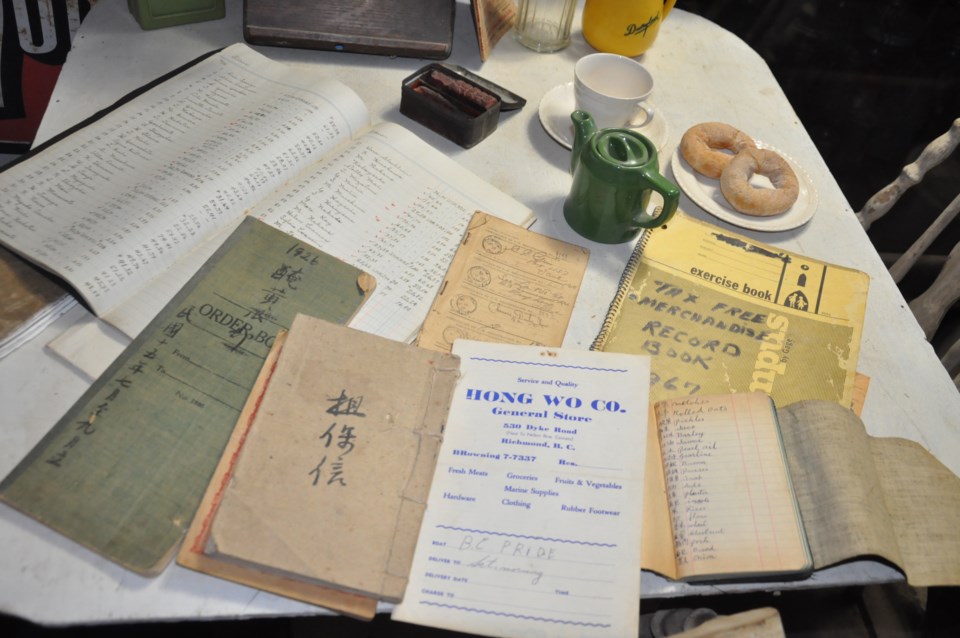
Like its name, which is translated into English as “living in harmony,” Steves said it represented a time when Japanese, Chinese, First Nations, Caucasians and others were living together in Richmond in harmony.
“They were all working together and it was quite unusual. So, we thought it'd be worthwhile to tell that story,” said Steves.
Some documents he took from Hong Wo store before it was demolished in 1977 are evidence of that.
In a booklet that fishermen customers signed in order to claim tax exemptions, there were people from different communities – including his friend Yesaki, who bought a paintbrush for $2.90.
And another notebook had the names of various items in Chinese and their English translation on the side, which Steves guessed was used to train Chinese staff at the store.
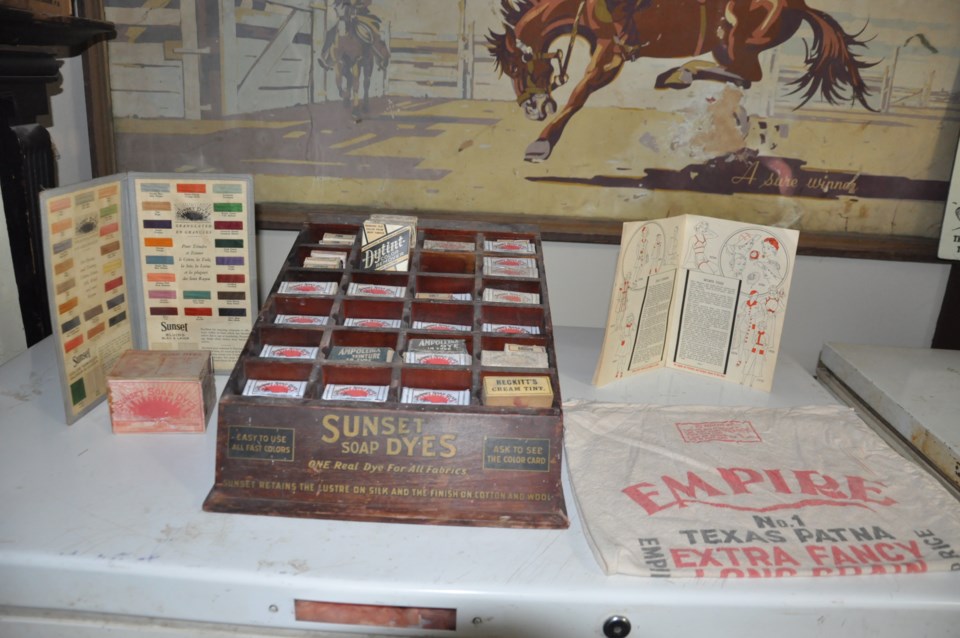
“My dad was born in the Japanese hospital. It predates what we're doing today by 100 years, because people were working together like that. In Steveston, we’d all got so used to working together that we never thought of different races,” said Steves.
“There was racism, but I think a lot of it came later.”
Steves hopes that when the Phoenix Net Loft is reconstructed, many of the items can be moved there so more people can see them and understand that part of Richmond’s history.
As the chair of Britannia Shipyards National Historic Site Society, he plans to launch a fundraising campaign to raise money, in addition to what council has approved, to put the items in proper museum displays. He has been showing the private museum to stakeholders to gain support.
He also plans to open the museum to the public by appointment during Doors Open Richmond on June 8 and 9.
Got an opinion on this story or any others in Richmond? Send us a letter or email your thoughts or story tips to [email protected]. To stay updated on Richmond news, sign up for our daily headline newsletter.
